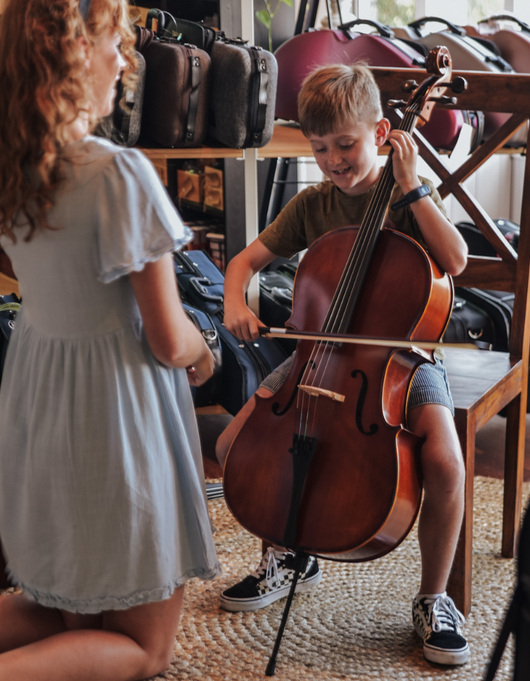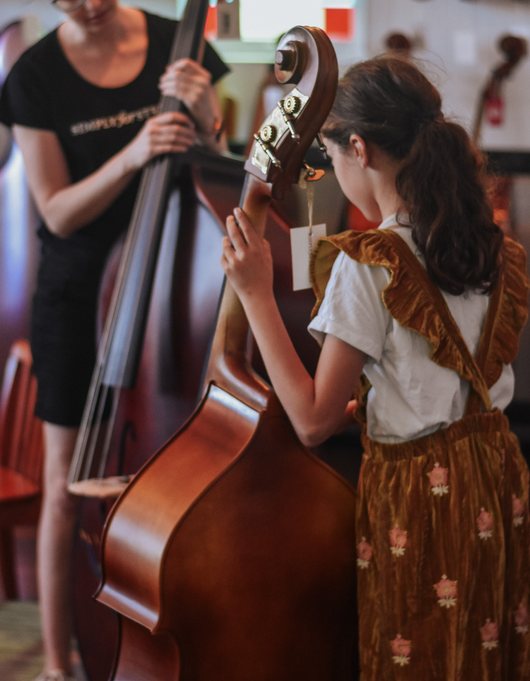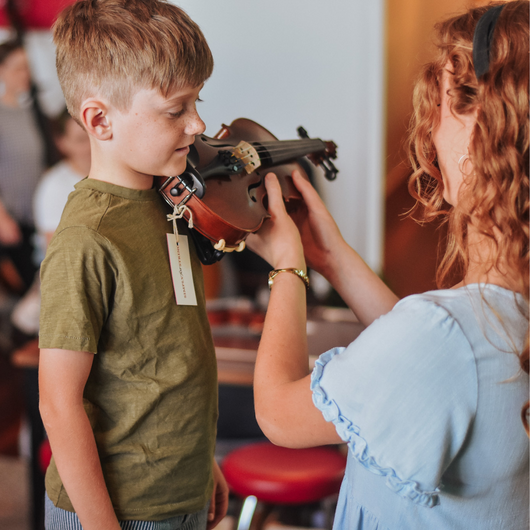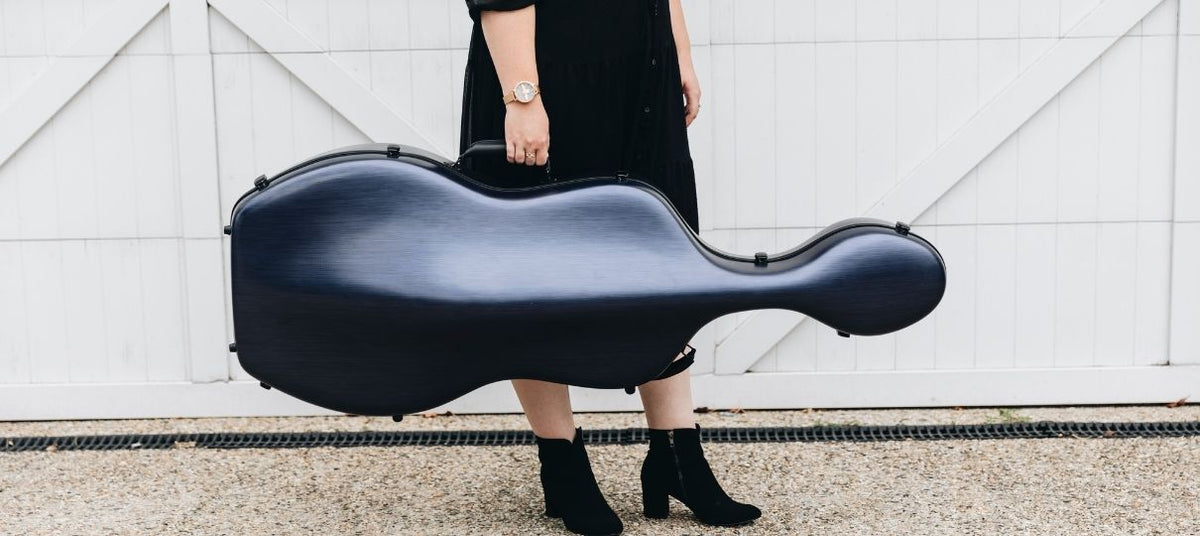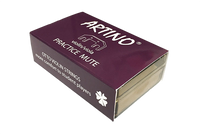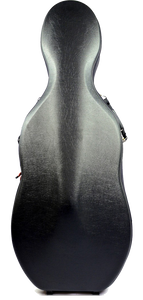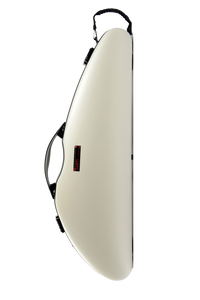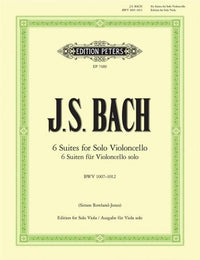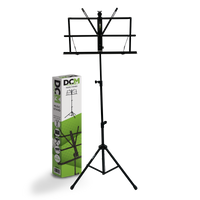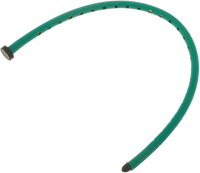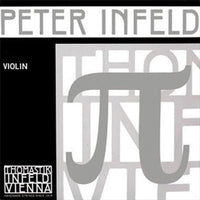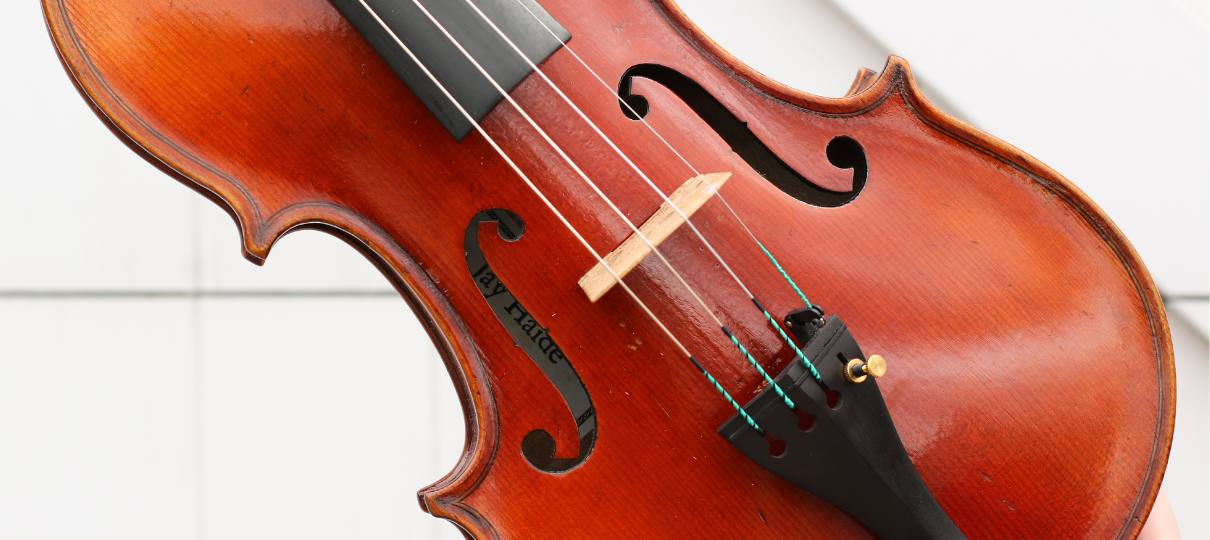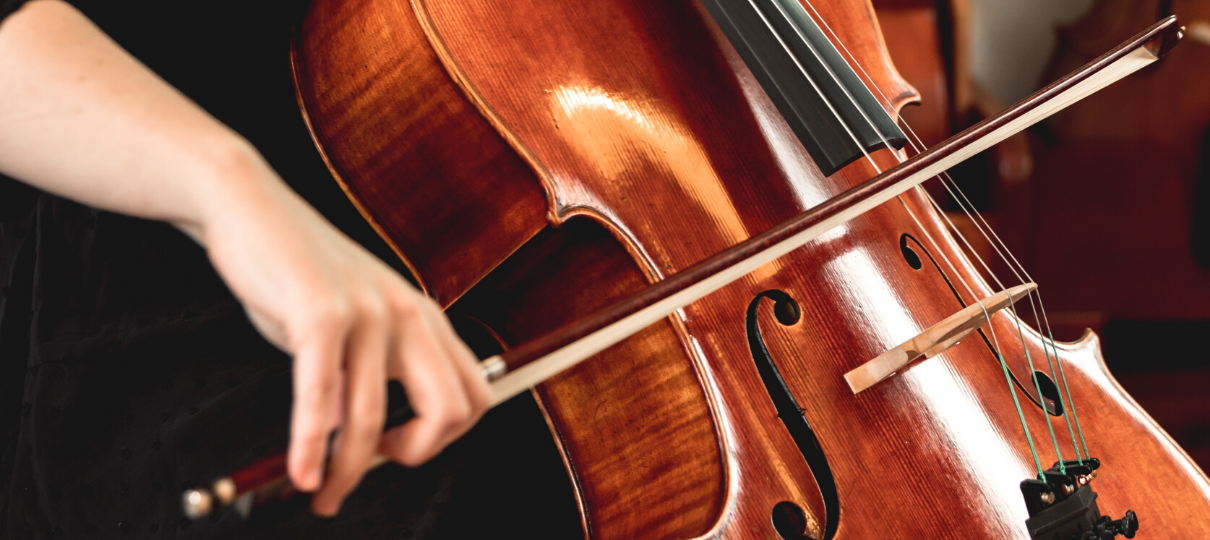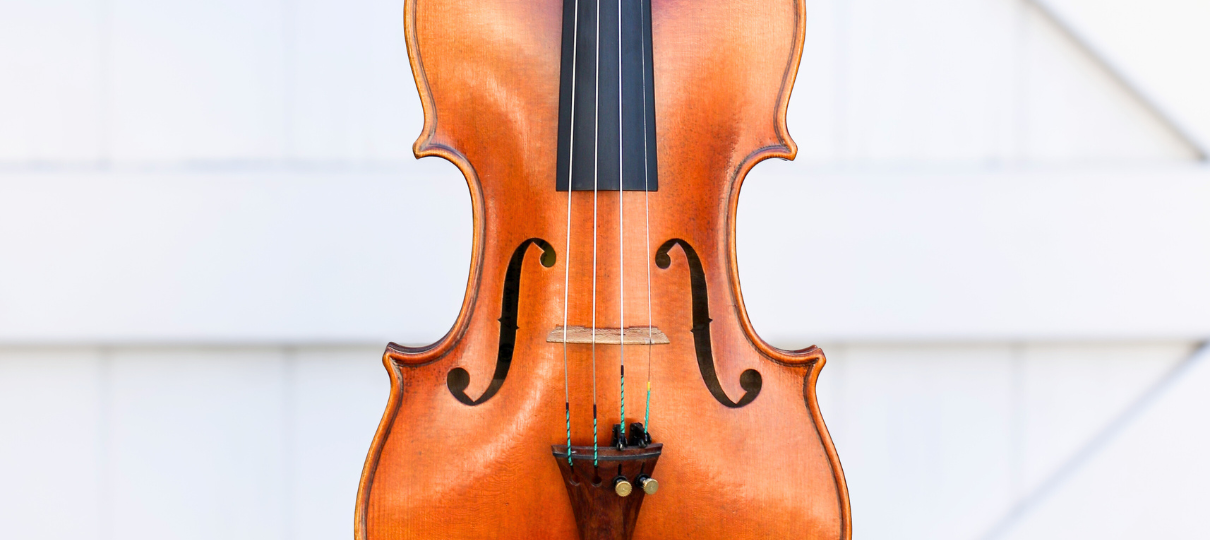When he’s not helping customers in-store, Simply for Strings team member Kieran is often lucky enough to travel around Australia and the world as a performing violist. Taking a break from a busy schedule of opera performances in Hong Kong, he lists some of the travel essentials he can’t do without.
1. BAM Contoured Hightech Case
The biggest priority as a travelling string player is making sure my instrument is well protected. My BAM Hightech case has been through the wars, from a daily public transport commute in Brisbane to weathering unexpected torrential downpours in Hong Kong, and almost getting left behind in another country, when I cleared a checkpoint much faster than it did. But it’s looked after my viola valiantly for over five years and counting and is everything I need it to be: protective and weatherproof, light, easy to carry, and most importantly it fits within the dimensions to be carried on board pretty much any airline.
An important tip though, it’s always a good idea to print out the airline’s musical instrument carry-on policy, and have it with you at the departure gate. Even though most airlines operating in Australia have updated their policies to allow violins and violas (within certain dimensions) as carry-on items, many ground staff are not fully familiar with this, and being able to quickly present their own policies when questioned makes for a much smoother boarding experience.
2. Artino rubber-coated metal practice mute
Finding a place to practice while travelling is always distinctly difficult, and the Artino rubber-coated metal practice mute has been an absolute lifesaver through many hotel practice sessions.
Traditional practice mutes come in either metal or rubber, and neither is ideal. The metal mutes can damage your instrument if not handled and applied with care, but the plain rubber simply isn’t very effective and dampening noise. But the Artino mute is an ideal combination of both—it’s heavy enough to effectively dampen noise, but the rubber coating ensures it’s a lot safer for your instrument. Perfect for avoiding angry neighbours from the hotel room next door.
3. Humidifier
Due to their organic construction, string instruments are easily affected by humidity—or lack of it. The average aircraft cabin is drier than most deserts, and time in this environment can quickly lead to your instrument developing split seams (the glue holding the instrument together becoming slightly unstuck) or worse. A humidifier is, therefore, a must when flying, or in dry climates, and thankfully they are also quite inexpensive. Before you get on the plane, simply run the humidifier under a tap, dry off any excess moisture, and thread it through the sound hole (f-hole) of your instrument. While you’re doing this, it’s also a good idea to loosen your strings about a semitone at the same time, just in case the change in climate causes them to tighten in the case.
4. Spare set of strings
As a string player, you learn very early on (usually right before an important school concert) that it’s essential to always have a spare set of strings on hand. It’s also advisable to have more than one spare of your highest string (the E string for violinists, or A for violists and cellists) as this is the one that tends to break most often.
For me, that’s a set of Thomastik’s Peter Infeld (PI) strings. Their excellent response, clarity and projection is perfectly balanced by a remarkable elegance of tone with just the right amount of warmth, and I’ve never come across a string that allows for such a vast variety of tone colours. Plus, they’re rock-solid tuning wise, which is especially helpful when stepping straight off the plane and into a rehearsal.
5. Folding music stand
Any travelling musician has been forced to create a makeshift music stand at some time or another. After a few years of frustrating experimentation, the best alternative I’ve found is an open laptop on a shelf. But recently, I’ve been able to spare myself the annoyance and just use the real thing. Invest in a lightweight, yet sturdy folding music stand, and at under 600g, it won’t break your baggage limit.
6. J.S. Bach
Prolonged ensemble and orchestral playing, coupled with a limited opportunity for personal practice, can quickly wreak havoc with one’s intonation and playing finesse. I haven’t found a quicker way to set that straight than by practicing some J.S. Bach. Many teachers agree, with a large majority string players starting to learn Bach relatively early in their education, and often continuing this exploration throughout their playing careers. As such, I find Bach also ends up being quite comforting to return to in an unfamiliar environment, a bit like a favourite childhood comfort meal.





